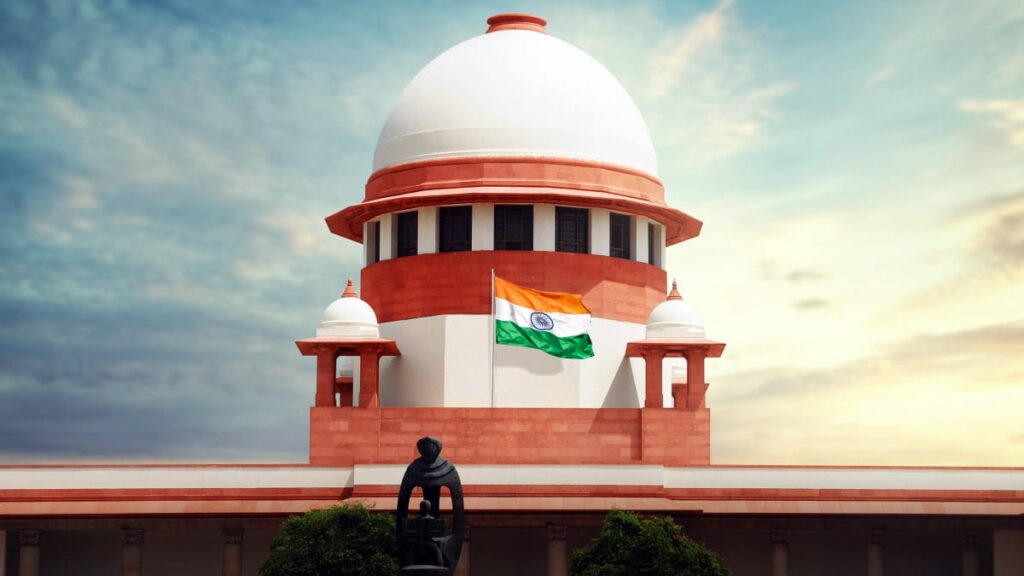
Nani Palkhiwala : The Torchbearer of the Basic Structure
Last Updated on August 19, 2023 by Administrator
On Saturday, CJI D.Y Chandrachud remarked that the basic structure doctrine is like the north star as It navigates the interpreters of the law. Hon’ble CJI remarked that the basic structure of the constitution is premised on the supremacy of the constitution, the rule of law, judicial review etc. The doctrine of basic structure evolved in the judgment of Kesavananada Bharati, which laid down that the basic structure, can’t be violated at any cost. The doctrine emerged in Germany and was adopted by India.
He credited Nani Palkhiwala as having contributed to the establishment of this doctrine. It was the 13-judge bench before which he had appeared, representing Kesavananda Bharati. Nani Palkhiwala had to face a lot of questions, from the 13-judge bench. He had to keep reiterating his stand, that, while the parliament can amend the constitution but the amendment to the basic structure of the constitution cannot be done, or else the essence of the law would be lost. The supremacy of the law would be harmed.
The credit for the doctrine has to be given to the German scholar, Dietrich Conrad, who presented the doctrine in his several lectures and articles. According to him, any amendment which would amount to a total revision of the constitution is not suitable. When the theory came to India, the environment was quite politically charged.
A lecture was delivered by him at the Banaras Hindu University, just after the 17th constitutional amendment was passed by the parliament, which had introduced 44 legislations regarding land reforms in the country. These legislations were included in the 9th schedule. The CJI said that the arguments Nani Palkhiwala made were based on the principles that Conrad had highlighted in his lecture. The basic structure doctrine is the pillar of the constitution and the same should not be harmed in any manner by the parliament. The same approach was taken up by the supreme court of Bangladesh, in the case of Anwar Hussain Chowdhury v. Bangladesh. This 1989 case, of Bangladesh, laid down the principle of basic structure in the country.
Written By – Shianjany Pradhan






1 Comment
[…] Senior advocate Arvind P. Datar delivered the 19th justice PD Desai Memorial lecture on the subject “Fifty years of Basic Structure Doctrine: Judicial Overreach or Constitutional Necessity” on 04th February 2023 where he defended the doctrine of basic structure. […]